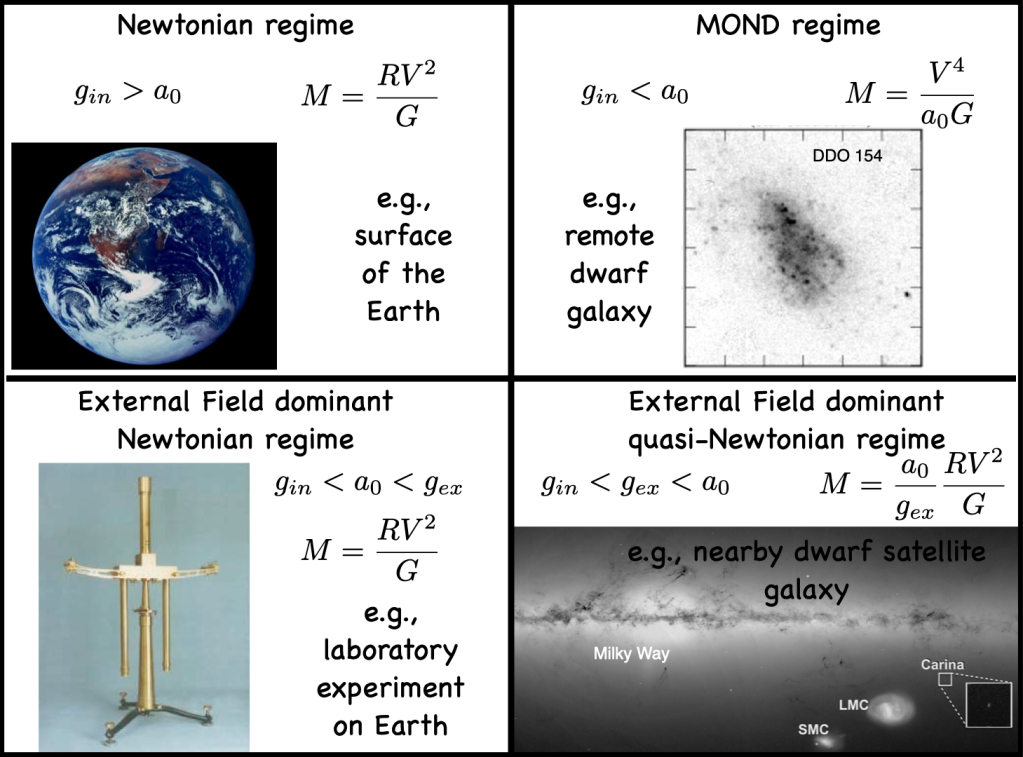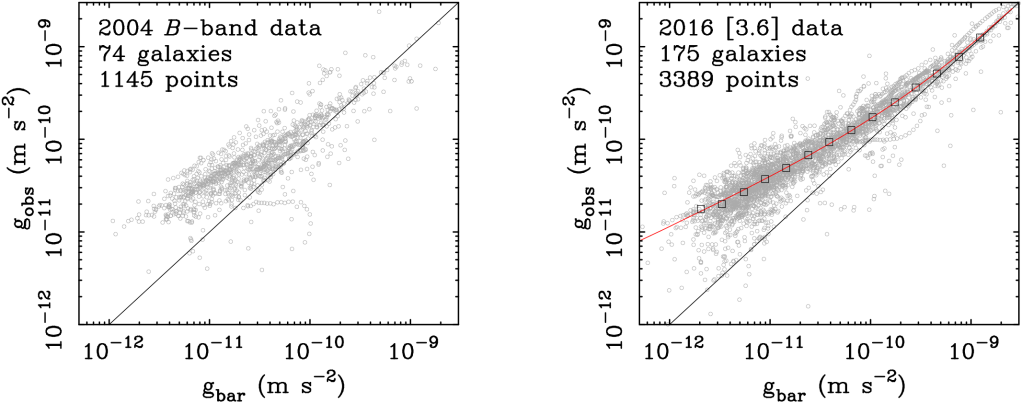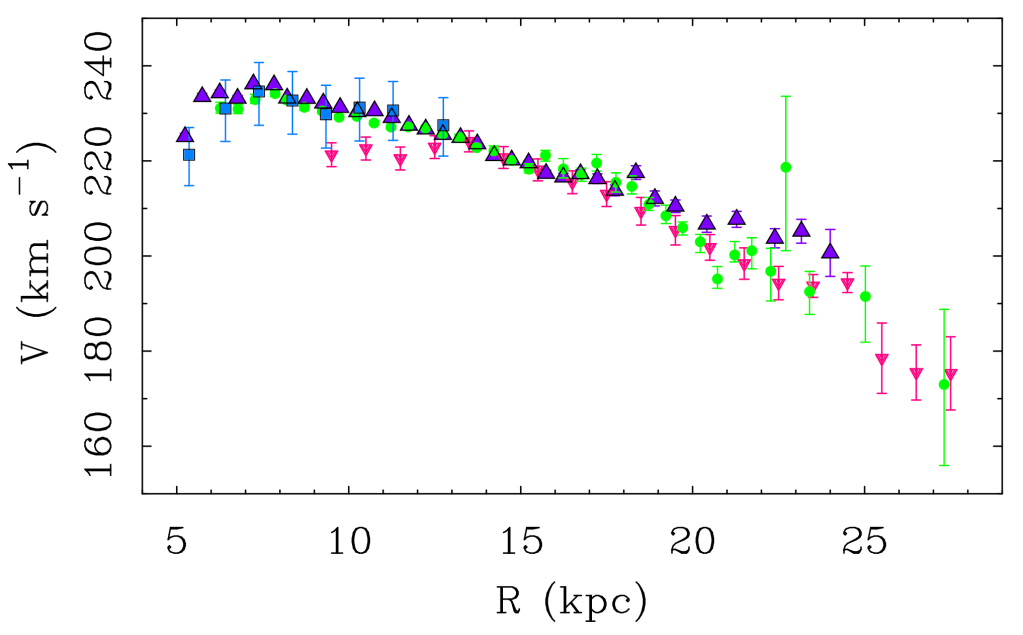
I have tried very hard to remain objective and even handed, but I find that I weary of the wide binary debate. I don’t know what the right answer will turn out to be. But I do have opinions. For starters, it is a big Galaxy. There is just too much to know. When I wrote about the Milky Way earlier this year, the idea was to set up an expectation value for wide binaries in the solar neighborhood.







